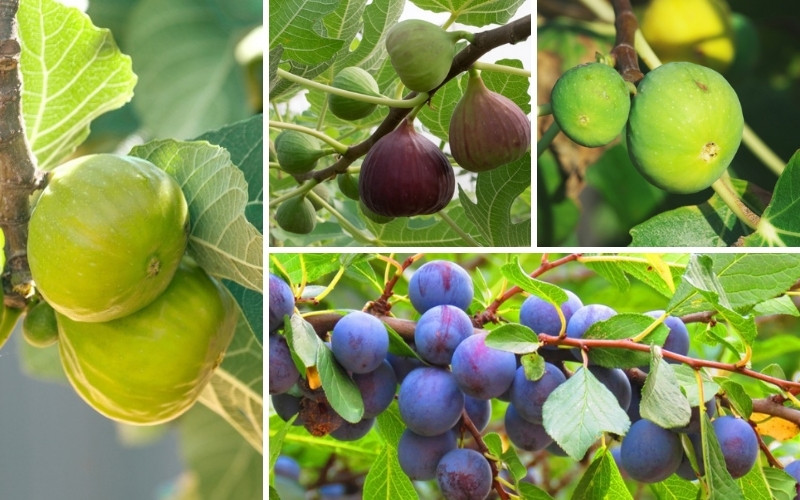
Fig trees come in many different shapes and sizes. Some are small and bushy, while others can grow to be quite large. Figs can be either green or brown when ripe, and the taste varies from sweet to tangy. They are a good source of fiber, potassium, and vitamin C.
There are many different types of fig trees, some being small and hard, while others are large and soft. Some figs have tough skin, while others are very delicate. There is no one perfect way to describe all figs because they come in so many different shapes and sizes.
Mission Fig
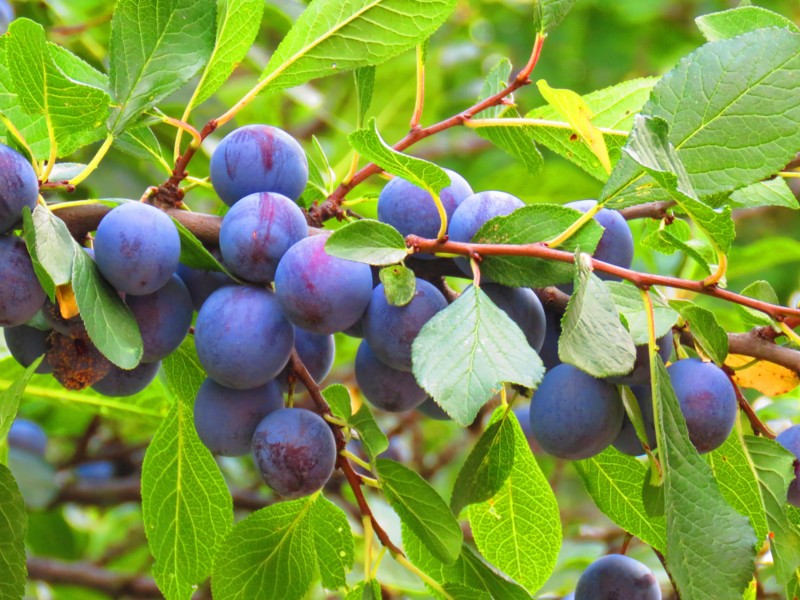
Mission figs are a variety of fig that is grown in California. They are a smaller, harder fig with tough skin. Mission figs are typically eaten dried, and they are one of the most popular types of figs. They are a dark brown color, and they have a sweet, nutty flavor.
This fig grows in zones 7-10. They also need loamy soil and full sunlight! They require light pruning once a year, which is typically done in the late wintertime.
Adriatic Figs
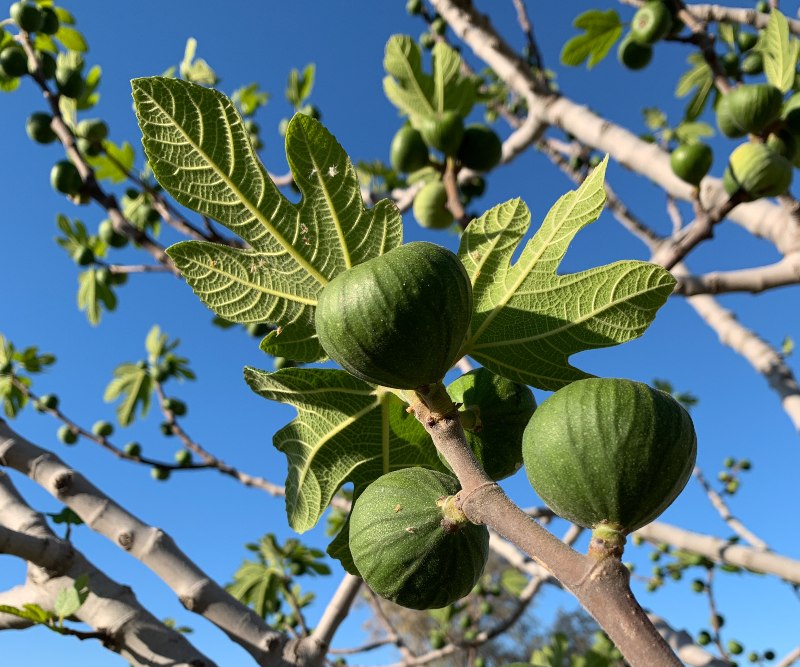
Adriatic figs are known for their very tough skin, making them able to be eaten fresh or dried without being peeled first. These hardy figs can last up to six months when packaged correctly, making them perfect for long-term storage. The color of these figs ranges from light greenish-yellow to brownish-red. They have a sweet and slightly tangy flavor.
The Adriatic Fig only needs partial sun, and it typically grows in zones 7-10. The soil type is Loamy Soil.
Calimyrna
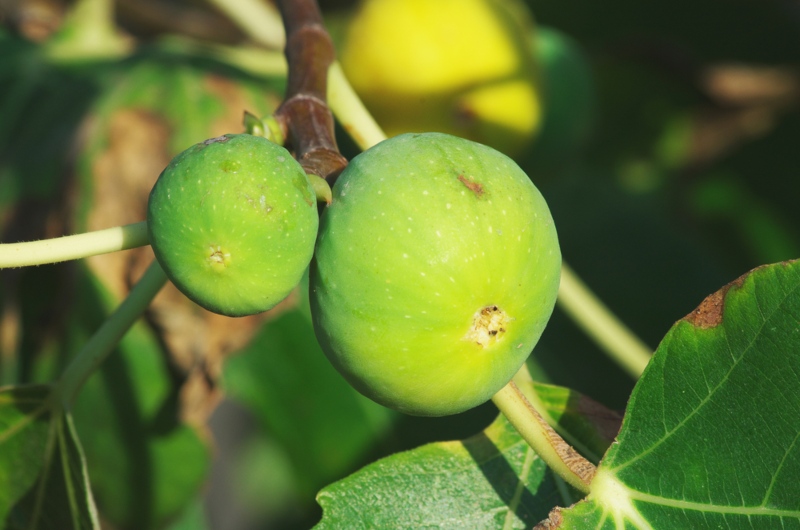
Calimyrna (botanical name: Amygdalus communis ‘Columella’) is a variety of peach tree that bears sweet, tasty fruit. Calimyrna (aka “green figs”) are a variety of soft-skin fig that is often eaten fresh. The Calimyrna has a strong flavor and a high sugar content. They are used for jams, preserves, desserts, and other goodies.
This type of tree can be grown in a container or a garden, in a sunny location with well-drained soil, in USDA Growing Zones 4-9. The Calimyrna blooms in early May and bears fruit that ripens in late September or October.
Black Mission
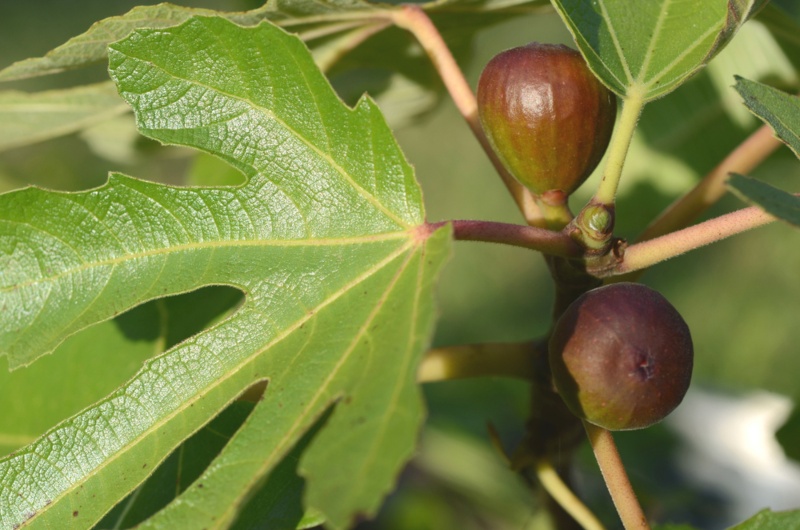
Black Mission figs are medium-sized with tough skin, which makes them perfect for dried figs. Their color ranges from golden brown to greenish-brown, and their flavor is both sweet and nutty. The green varieties are most common, but the black ones are preferred by some people because they have a stronger flavor.
Black Mission figs are a dark purple color, and they typically bloom in the early summer. They can grow up to 12 inches tall, and they are best grown in zones 8-10. They are a relatively easy plant to grow, but they require plenty of water and full sun.
Brown Turkey Fig
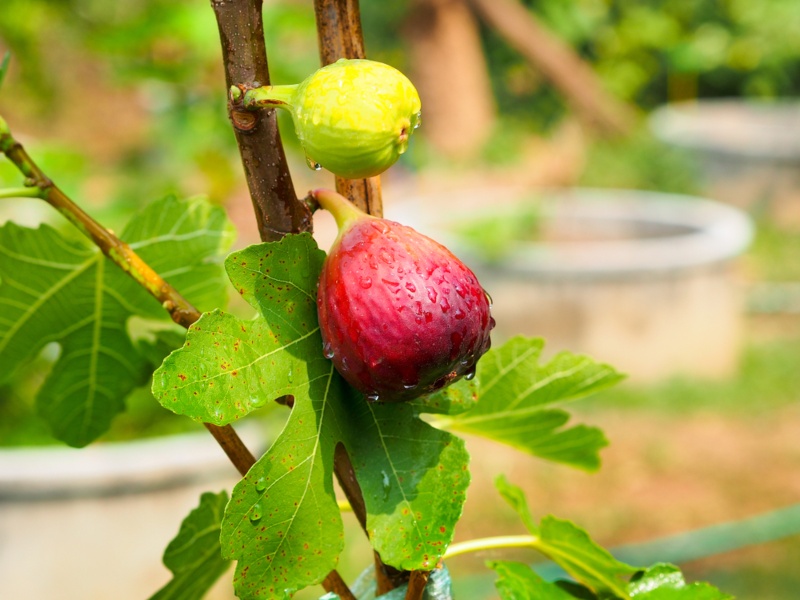
Brown turkey figs are a type of fig that is very popular in the southern United States. Brown turkey figs are medium-sized and have a nutty flavor and tough skin, which makes them perfect for dried figs. The color ranges from golden brown to greenish-brown, and their flavor is both sweet and nutty. Their color ranges from golden brown to greenish-brown, and their flavor is both sweet and nutty.
These figs thrive in zones 7-10, but if you live in other zones they can be grown in a pot in your home.
Kadota Fig
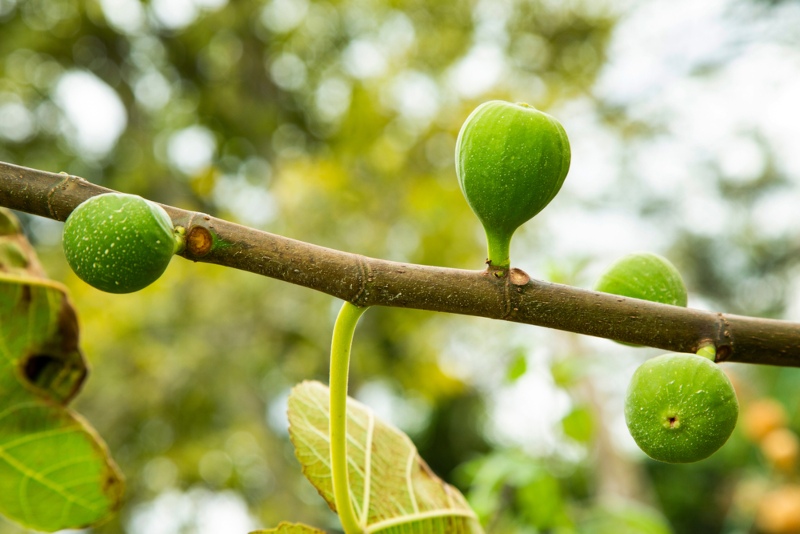
Kadota figs are very tender with thin skin and typically get eaten fresh. The Kadota fig is a deciduous fruit that grows on a tree and produces a green fruit that is the color of honey when ripe. The tree is a large, spreading tree that can reach 25 feet in height. The tree blooms in the early summer, and the fruit will ripen in late summer. The Kadota fig grows in USDA zones 7-10.
Kadota figs need well-drained soil and lots of sunlight. They need to be watered regularly, especially during times of drought. Fertilize with compost or a balanced fertilizer once a year.
Ponderosa Fig
Ponderosa figs are a type of hardy fig grown in California twice a year to provide fruit for processing. Ponderosas have tough skins, so they will last from harvest time until well into the next growing season without being peeled first or treated to prevent spoiling.
These large soft-skin figs do not need to be dehydrated before long-term storage because they’ll keep up to six months when packaged correctly. The main concern with this variety is that the fruit will become bruised and damaged during harvests and packing.
San Pedro Fig
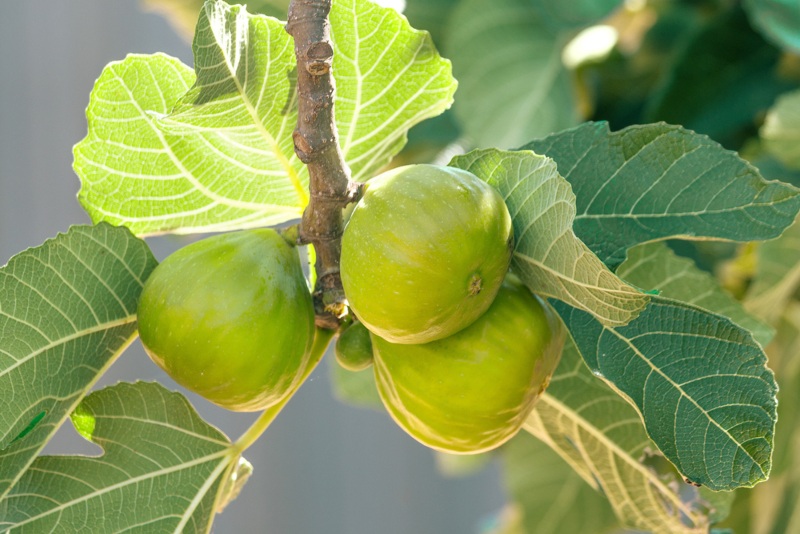
San Pedro figs are a large greenish-yellow type of fig typically eaten fresh or dried without any special treatment beforehand; just cut them open and enjoy! They have a sweet, nutty flavor similar to Calimyrnas. These medium-sized soft-skinned figs need to be peeled before you eat them because their tough skin has a bitter taste.
Capri Figs
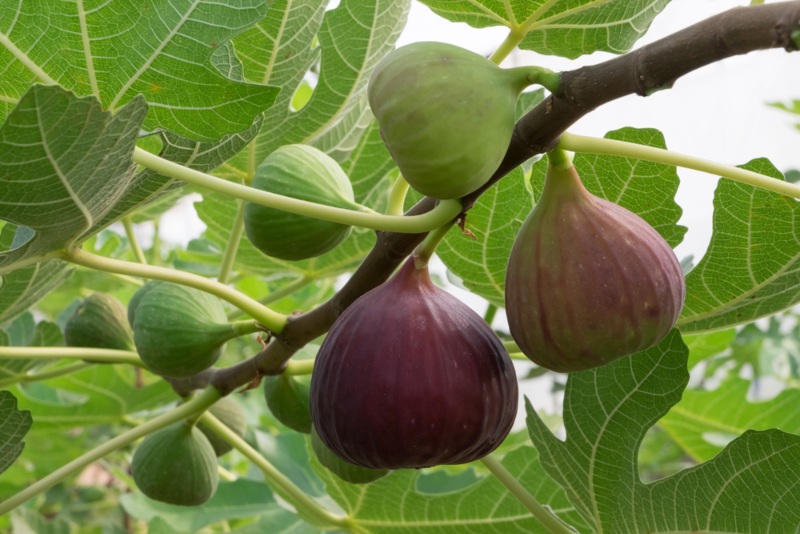
Capri figs, or “black figs,” are a variety of the common fig. They have been grown for centuries in Capri and other Mediterranean regions due to their resistance to drought and disease. There were caprifig genotypes used in a study to understand caprification in the area and how they produce high-quality fruits.
Although they can be enjoyed fresh, black figs are most often dried and eaten as snacks: The fruit is first soaked in water for 12 hours before being hung up to dry in the sun or an oven for about two days. Black figs contain many antioxidants that help promote good health.
Smyrna
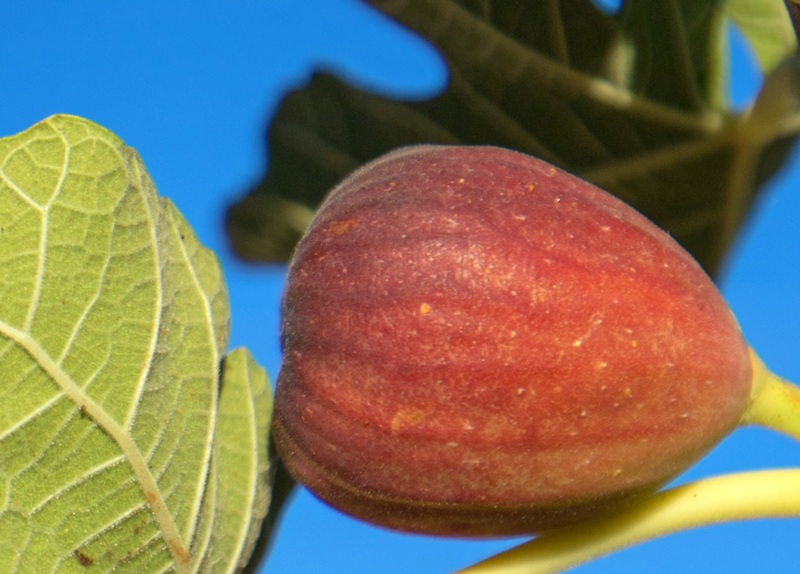
Smyrna figs are a type of fig that is very popular in the southern United States. They have a nutty flavor and tough skin, making them perfect for dried figs. The color ranges from golden brown to greenish-brown to dark purple, and their flavor is both sweet and nutty.
Smyrna figs typically bloom in the early summer. They can grow up to 12 inches tall, and they are best grown in zones 8-10. They are a relatively easy plant to grow, but they require plenty of water and full sun.




